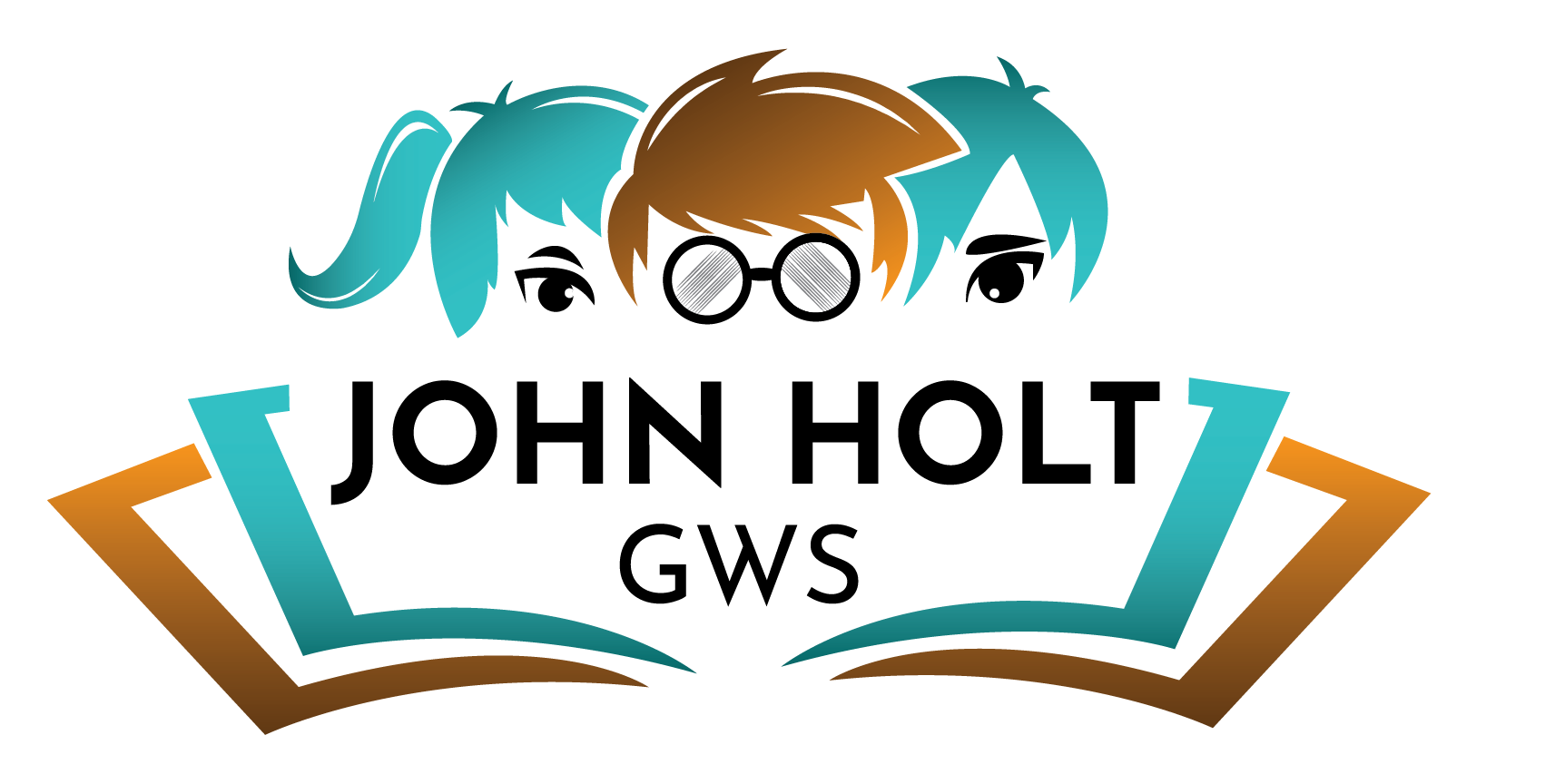Remaining a Pacifist in the Reading Wars
I lived through the reading wars and survived, though it wasn’t easy in the homeschooling movement. Phonics purists couldn’t quite embrace John Holt’s ideas since he considered phonics to be just one way that children can learn to read, and not necessarily the best way. “It is good books, not good reading methods, that make good readers,” John said, emphasizing that intrinsic motivation to learn to read is far more important than the teaching method. Building on that, I continue to support sensible phonics, whole language, and autodidactic approaches to reading and to recommend that parents take it easy on pressuring children to read by a particular age. It seemed during those times, particularly in the 1990s, that we who sought a broad, patient approach to teaching reading were considered laggards who threatened the fabric of American life and values; only a strong phonics program was considered worthy of true homeschoolers! (How some people will judge what your political, religious, and social beliefs are based on your choice of reading methods for your children continues to amaze me.)
Dr. Peter Gray writes in his blog, “Today, the majority (though not all) of the experts who have examined the data have declared that the wars are over—phonics has won. The data seem clear. Overall, children who are taught phonics from the beginning become better readers, sooner, than those who are taught by whole-word or whole-language methods. The learning is still slow and tedious, but not as slow and tedious for phonics learners as for those taught by other methods.”
Letting children chose what, when, and how they would learn to read incenses conservative and liberal educators, though there is no biological imperative that a person must learn to read by a particular age or never learn to do so. Reading level is another school-created concept that causes deep anxiety and worry for parents and children alike, though when approached from outside the school model one can see different ways and time frames where children learn to read without all the drama caused by being forced to compete in a race for reading mastery by third grade.
Indeed, our three daughters all learned to read differently and at different ages at home. Lauren, our oldest, did great with phonics and flashcards and only needed a few months of help to be reading on her own. Alison, our second, had a speech issue that made phonics difficult for her, but she flourished with the whole language approach. She learned to read fluently a bit later than Lauren did, but it was no great issue for her or us. Audrey, our youngest, taught herself to read; she was reading before she was five. Today, as adults, all three of our daughters continue to read for pleasure and information on their own.
Audrey might be what Dr. Gray describes in his article as a “precocious reader”: children who learn to read fluently by age 4 (about 1 percent). Gray writes that such precociousness is not dependent upon high IQ, social class, or a special personality trait, though being read to by parents or older siblings seems to play a strong role in creating precocious readers. Dr. Gray notes:
The fact that precocious readers learn to read relatively quickly, before they are four years old, with no evidence of stress and much evidence of pleasure, suggests that learning to read in this way is not very difficult when a person really wants to do it. Learning to read, for them, quite literally, is child's play.
The flip side to precocious readers is late readers, who are common among families that rely on informal learning at home. Dr. Alan Thomas and Helen Pattison, in their book How Children Learn at Home, studied parents who use an “informal style of education” and note this about reading:
*Not only does late reading at home appear to hold no knock on educational disadvantage but it also seems to have no long-term consequence for reading ability. Many children, who learned late, made up the ground in a remarkably speedy fashion once they did begin to read. (p. 98)*
Why can’t this more relaxed approach be adapted for school use? First, as Dr. Gray notes, echoing Holt, Illich, Goodman and so many others, the classroom is not a natural learning environment. The classroom doesn’t allow for students to learn and grow at different rates or for teachers to individualize instruction much; by focusing on the “average student” about half the students will be under-challenged and about half over-challenged throughout the curriculum. Common Core instruction time is in; recess, art, music are out. “Run school, Run!” seems to be the motto of today’s over-caffeinated education system—to teach everyone the curriculum, properly, takes lots of time, is very difficult, and requires high expectations of young children to be behave more like adults.
By making school and its demands on student inputs the center of attention we have lost sight of the individual child and their needs. We are forcing the student to fit the school, instead of the school to fit the student; sadly, that seems be the will of the majority of parents, educators and politicians. Fortunately, for those willing to try, we can use homeschooling and other alternatives to school as options to help children learn and grow in the world.
